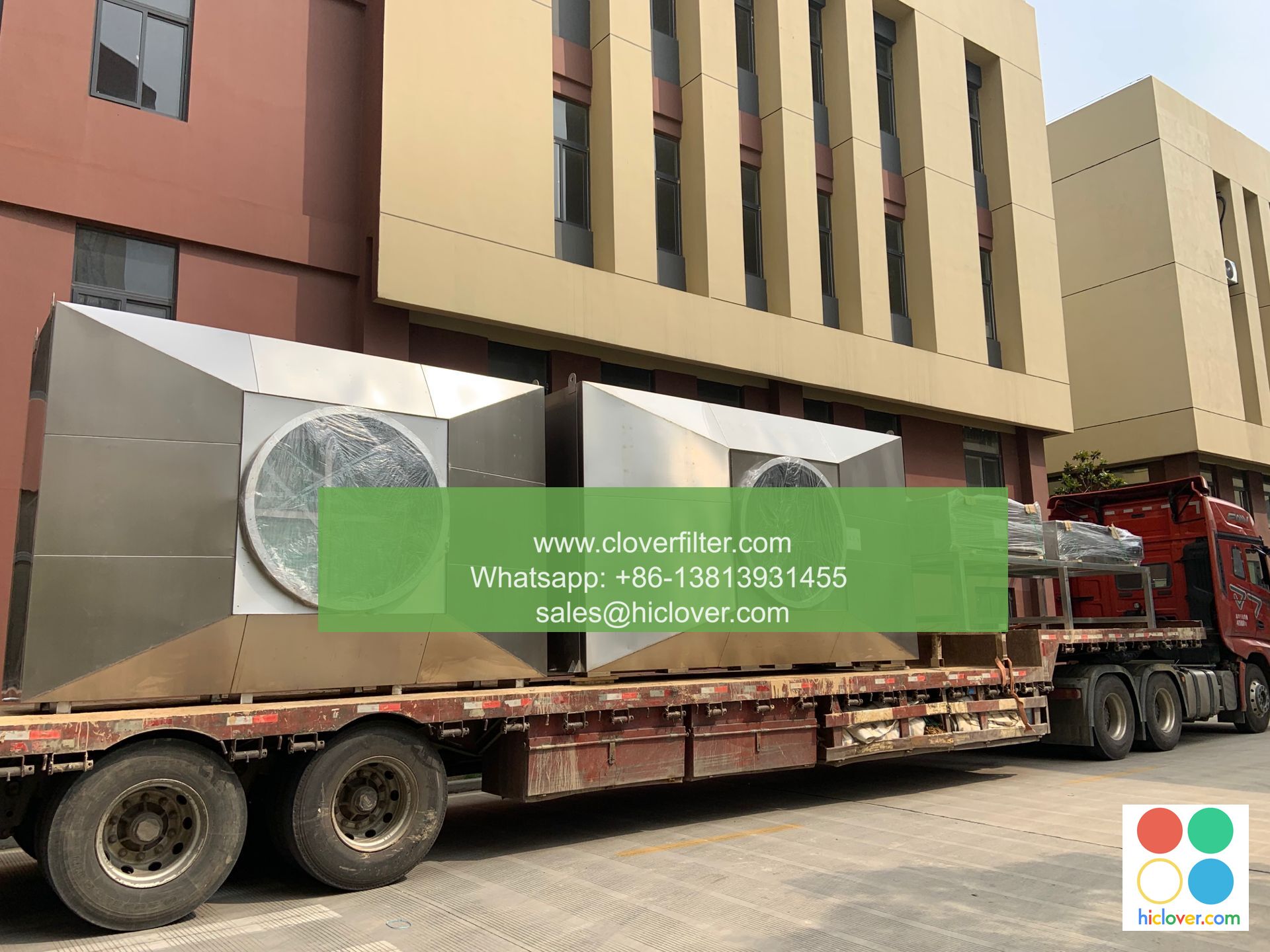The Impact of Airborne Particles on Indoor Air Quality

The Invisible Menace: The Impact of Airborne Particles on Indoor Air Quality
Indoor air quality (IAQ) is a growing concern globally, with many individuals spending a significant portion of their day indoors. While we often focus on the obvious pollutants like carbon monoxide and volatile organic compounds (VOCs), airborne particles are a sneaky and often overlooked contributor to poor IAQ. In this article, we’ll delve into the impact of airborne particles on indoor air quality and explore various application areas where their importance cannot be overstated.
What are Airborne Particles?
Airborne particles, also known as particulate matter (PM), are tiny particles suspended in the air. They can range in size from 2.5 to 10 micrometers (PM2.5-PM10) and are created by various sources, including:
- Natural sources: soil, dust, and vegetation
- Human activities: construction, combustion, and industrial processes
- Man-made sources: cigarette smoke, cooking, and HVAC systems
The Impact of Airborne Particles on IAQ
Suspending in the air, airborne particles can cause a range of health issues and affect indoor air quality in several ways:
- Respiratory problems: Inhaling airborne particles can lead to respiratory issues, such as bronchitis, asthma, and even chronic obstructive pulmonary disease (COPD).
- Allergic reactions: Particles can trigger allergic reactions and exacerbated allergies, causing symptoms like sneezing, coughing, and congestion.
- Asthma attacks: Sensitive individuals may experience severe asthma attacks due to airborne particle exposure.
- Deterioration of building materials:itious substances can affect building materials, such as paint, finishes, and furniture, leading to early degradation and potential maintenance issues.
Prevention and Mitigation Strategies
To combat the impact of airborne particles on indoor air quality, implement the following strategies:
- Proper ventilation: Ensure adequate air exchange and circulation to remove particles from the air.
- Filtration systems: Install high-efficiency particulate air (HEPA) filters or other effective filtration systems to capture airborne particles.
- Cleanliness and maintenance: Regular cleaning, dusting, and vacuuming can help reduce airborne particle levels.
- Healthy home practices: Encourage occupants to adopt healthy habits, such as frequent showering, smoking cessation, and proper food preparation.
Key Application Areas
- Commercial spaces: Offices, hospitals, and schools require effective air quality management to ensure employee and student health.
- Residential spaces: Healthy home practices and proper ventilation are crucial for maintaining good IAQ in residential settings.
- Industrial settings: Industrial facilities, such as factories and warehouses, must address airborne particle issues to prevent health risks and equipment damage.
- Agricultural settings: Greenhouses and agricultural facilities need to monitor and control airborne particles to protect workers and crops.
Airborne particles are a silent contributor to poor indoor air quality, but by understanding their impact and implementing effective prevention and mitigation strategies, we can create healthier, safer, and more productive indoor environments. By highlighting the importance of airborne particle control, we can promote better IAQ and improve overall well-being.
References
- World Health Organization (2016). WHO guidelines for indoor air quality. World Health Organization.
- United States Environmental Protection Agency (2019). Indoor Air Quality (IAQ) Guide.
- Li, Q., & Lee, S. (2016). Particulate matter and indoor air quality: A review of the literature. Building and Environment, 94, 725-734.
I’m happy to help! It seems like you didn’t include a prompt this time. Could you please tell me what’s on your mind, and I’ll do my best to assist you?

